The Black Death (or the fear of it) killed 50% of the population (or perhaps no-one died at all)
another made up disease and unreliable mathematical model
The ‘Black Death’ or’ Plague’, which supposedly occurred between 1347 and 1351, is said to have killed half the population of England, though unfortunately no one knows how large the population was to begin with.
Wikipedia say ‘researchers are hampered by the lack of reliable statistics from this period. Most work has been done on the spread of the disease in England, and even estimates of overall population at the start vary by over 100% as no census was undertaken in England between the time of publication of the Domesday Book of 1086 and the poll tax of the year 1377.’ In other words; no-one knows what percentage of people died as nobody knows how many people were alive to start with.
‘Estimates of plague victims are usually extrapolated from figures for the clergy.’ The figures used are for vacancies in the clergy, historians admit it is very difficult to determine the cause of the vacancy. The vacancies are said to have gone from about 30/1000 before 1347 to about 400/1000. From Hatcher; ‘in plague years the number of resignations (from the clergy) rose sharply.’ Therefore, deaths are difficult to distinguish from resignation or transfer, and maybe many clergy just ran away from the the perceived danger of their duties.
The number of deaths between 1347 and 1351 may be an inaccurate extrapolation from the vacancies, not deaths, seen in the clergy.
The apparent doubling of the population between 1086 and 1347, and the subsequent halving, may not have happened at all. Perhaps the population didn’t rise at all from 1086 until the 1600’s and the increase was only to accommodate a subsequent decrease of between 30-50% caused by the alleged Black Death.
What about the economy? Again from Hatcher 'The Black Death had few of the debilitating effects the one has been led to associate with population decline of the later Middle Ages’. The term ‘economic growth’ he says can justifiably be applied to the later 14th century’, ‘any setbacks in production’ caused by 50% of the population dying were ‘short-lived’ and none of the things that happened in the later 14th century are ‘commensurate with a population decline of around 35-50%’! Instead of accepting that the premise is false, Hatcher and other historians continue to accept the ‘dilemma’ that the facts don’t support a mass die off of the population.
Hatcher emphasises that economic fluctuations can only give us the ‘vaguest of hints’ as to what was happening at the time. Yet he claims a significant rise in wages compared to the price of grain indicates greater demand for labour, greater per capita production and previous over-population and farming of poor soils.
The misleading and truncated graph below does not show workers suddenly being given more money due to being in demand, they are real wages; meaning wages compared to the price of wheat. Real wages indicate standards of living; which were rising before the alleged catastrophic mass die off and which continued to slightly rise afterwards. They also indicate that the price of grain may have been low, perhaps caused by increased production from favourable changes in the climate.
A less truncated and misleading graph of population and real wages is shown here. Real wages hardly changed at all until the 1990s, even when the population dramatically increased from the 1600s.
Studies on cereal grain pollen show that agriculture change was heterogeneous across Europe with many areas being completely unaffected by the alleged Black Death and were actually flourishing and increasing (in green).
Some criticise this paper saying that the decrease in grain production shown in some areas (in pink) may have had other causes, such as migration, not the plague at all.
The data on wages and prices in the 1300s is scanty, not formally collected, and comes from different sources at different time periods and as we have seen the situation in the UK and Europe was heterogenous. Like the clergy and a few manorial records being used to extrapolate a mass death I have no confidence in the alleged real wages indicating one either.
Thus the evidence for mass deaths in the middle of the 14th century seems to be limited, to say the least. In Sweden is only indicated by double or triple graves. Maybe it was just lack of consecrated ground in cemeteries, perhaps because clergy had run away from their duties, which lead to multiple graves.
The Swedish records at the time show that cities and towns, which were allegedly the most affected, were well ordered and clean with no evidence of over-crowding nor insanitary conditions. The continued economic growth, high real wages, high standards of living, the increases in grain production in many areas and the fluidity of migratory agricultural work not only do not support over-population nor people being forced to farm poor soil, they strongly indicate, by historians own Malthusian theory of high real wages indicating low population, that the population had not previously doubled since the last census and that the contra-indicated doubling was only proposed in order to accommodate the alleged Black Death halving.
Moving on from deaths to the disease itself. The symptoms of the Black Death are ‘fever, headaches, painful aching joints, nausea and vomiting, and a general feeling of malaise.’ These symptoms could have been caused by detoxification from just about anything; fever and inflammation (use of temperature and sweating to expel toxins, causing headaches and painful aching joints), pustules, boils, spots, nausea and vomiting (toxins expelled directly through skin and mouth), lymph nodes swelling (macrophages and the cells of homeostasis are activated) and importantly the stimulus to rest and allow the body to recover (tiredness and general malaise).
‘Contemporary accounts of the pandemic are varied and often imprecise.’ In other words we can take them with a big pinch of historical salt. ‘The most commonly noted symptom was the appearance of buboes (or gavocciolos) in the groin, neck, and armpits, which oozed pus and bled when opened.’ However later studies show that the majority of cases were in fact pulmonary not bubonic.
Black Death or the Bubonic plague is allegedly caused by the bacterium Yersinia pestis spread by fleas (why didn’t the infected fleas die?) supposedly carried by black rats (why didn’t the rats die). However ‘Archeologist Barney Sloane has argued that there is insufficient evidence of the extinction of numerous rats in the archaeological record of the medieval waterfront in London and that the disease spread too quickly to support the thesis that Y. pestis was spread from fleas on rats’; he argues that transmission must have been person to person. Some suggest it was transmitted by human fleas.
If the spread was so quick it is more likely to be caused by toxins in the environment. If there was an infectious plague how did it die out again so quickly in 1351; there was no effective treatment and no antibiotics? How come people suddenly became immune to the bacteria in 1351, did it mutate to harmlessness very quickly? Did fleas stop being infected or did they stop biting people? Or did rats stop carrying fleas or did they go away?
There are also theories of volcanoes ( there was volcanic activity recorded in 1348), meteorites and radiation killing people and animals.
In 1894, the Swiss physician Alexandre Yersin, a student of Louis Pasteur, examined plague victims in Hong Kong. Under the microscope he found masses of bacteria. He asserted that these bacteria had caused the Great Plague and named the bacterium Yersinia pestis. One of Yersin’s students claimed that he had found the Yersinia pestis bacillus in the stomach of rat fleas. He argued that the flea bite had injected the people with the bacteria.
Quoting again from Wikidpedia; ‘Y. pestis was discovered (grown in culture) by Alexandre Yersin, a pupil of Louis Pasteur (a known fraudster), during an epidemic of bubonic plague in Hong Kong in 1894.’ This ‘third epidemic’ had begun in Yunnan in the 1850s though the health of the Chinese people may have already been adversely affected by drug addiction due to the opium trade which had began in 1840. Indians in the British Raj, who were also allegedly affected by the epidemic at that time, are seen here being injected with goodness knows what by Europeans.
‘Yersin also proved this bacillus was present in rodents and suggested the rat was the main vehicle of transmission’. Yersin found a ‘new’ bacteria (it’s estimated that still only about 1% of bacteria have been characterised) in some sick people, though it may also be in healthy people (no controls were done), as well as in the stomach of some dead rats. Even if Y. pestis is correlated with symptoms of the ‘plague’ it has not been shown to be causative of them.
‘Definitive confirmation of the role of Y. pestis arrived in 2010 with a publication in PLOS Pathogens by Haensch et al. They assessed the presence of DNA/RNA with polymerase chain reaction (PCR) techniques for Y. pestis from the tooth sockets in human skeletons from mass graves in northern, central and southern Europe that were associated archaeologically with the Black Death and subsequent resurgences. The authors concluded that this new research, together with prior analyses from the south of France and Germany, "ends the debate about the cause of the Black Death, and unambiguously demonstrates that Y. pestis was the causative agent of the epidemic plague that devastated Europe during the Middle Ages.”’
Oh dear, dear, dear. The reasearchers found genetic fragments by PCR in 10/72 samples and positive antigen in half (24/47) of the samples from teeth or bones of people in graves associated with the Black Death and none in 28 samples from graves of people who died before (about 1000 years before for 8 of them) or about 200 years after the Black Death (20 of them). None of the samples from Germany or Italy (26 of the 47) yielded PCR results so antigen test was used. If this dipstick method is anything like the ‘HIV’ protein test which cross reacts with pregnancy, TB, lymphadenopathy, cancer etc, it will not be specific for pestis.
One thing is for sure; it doesn’t show that sequences or proteins, that may or may not be specific to a particular bacteria, present in between one seventh and one half of the samples from cadavers at the time, indicate what caused the Black Death. If there was one.
Update from May 2023 from the BBC;
‘Researchers have found 4,000-year-old plague DNA in Britain - the oldest evidence of the disease in the country (they found positive samples of sequences of bacteria never shown to cause disease outside of plague time and instead of thinking it is because the sequences are. non-specific for plague, they say plaque was present outside of plague times).
Scientists identified three cases of Yersinia pestis, the bacteria (never shown to be) causing the plague, in human remains - two in a mass burial in Somerset, and one in a ring cairn monument in Cumbria.
The team took small skeletal samples from 34 individuals looking for the presence of Yersinia pestis in teeth (and found evidence of bacteria never shown to cause disease in 3 out of 34).
The dental pulp was examined as it traps the DNA of infectious diseases (!!!).’
The evidence for the transmission via fleas and rats is very embarrassing. Researchers apparently crushed up fleas and injected them into rats, without doing controls, and noticed that some rats became ill. Injecting any biological material under the skin (not a normal route of transmission) is likely to make any animal show symptoms. They then put two rats in separate cages, added some fleas and noted that bacteria could be cultured in the ‘uninfected’ rat. Another experiment using cat fleas and two rats and two mice (one injected, one not) showed bacteria could be cultured from one rat and one mouse but not in the other two.
They should have used controls with rats not injected or injected with crushed insects of another kind not thought to carry pestis bacteria. Actually they shouldn’t have been doing any experiments on animals at all. Being able to culture a bacteria (not shown to cause a disease, though possibly associated with the healing process) from animals kept in abnormal laboratory conditions in cages, does not indicate an ‘infection’ nor transmission of ‘infection’ by fleas.
Deaths, if there were any, may also have been caused by the measures taken to prevent them; by the use of quarantine; ‘The word "quarantine" has its roots in this period, though the concept of isolating people to prevent the spread of disease is older. The isolation period was later extended to forty days, and given the name "quarantino" from the Italian word for "forty”’, and thereby abandoning, isolating, locking-up and starving those people, and sometimes whole villages, thought to have the pestilence.
The German New Medicine agrees that the deaths and symptoms may be caused by the fear; ‘Symptoms of the Bubonic Plague: dark, purple swellings with the characteristic foul-smelling discharge indicating a skin tuberculosis, linked to a “feeling soiled”-conflict and the panic of contracting an “infectious disease” (the plague). Symptoms of the Pneumonic Plague: a cough with bloody sputum and hemorrhaging of the lungs indicating a lung tuberculosis, linked to a death-fright conflict (fear of the “deadly plague”). NOTE: 95% of the people died of the pneumonic plague’
In March 2014, after the excavation of a mass grave in London with plague victims of the 14th century, researchers analyzed the teeth of some of the skeletons. The teeth contained indeed the DNA from the bacterium Yersinia pestis (termed “Yersinia pseudotuberculosis”). However, the DNA analysis revealed that “the Black Death was not bubonic plague, as has been thought, but pneumonic plague.” (Health and Medicine, March 31, 2014). This confirms that the Great Plague was, in reality, an epidemic of death-fright conflicts (triggered by the fear of the “deadly disease”) that had seized the European population.’
The 2010 study above that found between samples associated with Black Death graves were between 14% and 50% more likely to test positive for Yersinia pseudotuberculosis than samples outside epidemics. This fits with concept that people during the so-called Black Death, were terrified, ostracised, starved, abandon and locked up and therefore developed tuberculosis like illness. The mycobacterium tuberculosis bacillus itself also doesn’t cause TB, in our time it is exclusively associated with poor nutrition, toxins and living rough. The bacteria may indeed be helping the healing process by consuming the dead cells being sloughed off by the detoxification process.
Moving on to the possibly negative effects of cures at the time. Black Death ‘cures’ involved bloodletting, lancing, rubbing toads and applying leeches to swellings. Sicilian physician Giovanni Filippo Ingrassia was the state-appointed physician in charge of public health during the 1575 plague, the Fauci of his time.
It’s entirely possible that being thought to have the disease, which had varied common and non-specific symptoms, was a death sentence in itself. ‘Father abandoned child, wife husband, one brother another; for this illness seemed to strike through the breath and sight. And so they died.’
‘Some Europeans targeted "various groups such as Jews, friars, foreigners, beggars, pilgrims", lepers, and Romani, blaming them for the crisis. Lepers, and others with skin diseases such as acne or psoriasis, were killed throughout Europe.’
People were even afraid to bury the dead; ‘And none could be found to bury the dead for money or friendship.’ This explains why families ended up burying their own dead in double our triple family graves; it was not because grave yards were full to overflowing.
Fear, hysteria and politics should never be underestimated, nor the difficulty of distinguishing ‘leprosy’, ‘smallpox’ or ‘plague’ in art.
Following this alleged time of illness ‘it has been speculated that the resulting familiarity with death caused thinkers to dwell more on their lives on Earth, rather than on spirituality and the afterlife. It has also been argued that the Black Death prompted a new wave of piety, manifested in the sponsorship of religious works of art.’
Another interpretation is that the church used this period of fear, that did not necessarily led to mass deaths, to commission art and propaganda to show people what happens when they don’t obey the rules.
Perhaps, like Covid, there was no plague, no new Black Death disease, no excess deaths compared to most other years and absolutely nothing to see here.
The spread of the ‘pestis’ disease around Europe, put together well after the event, is as fictional as the spread of ‘Covid’. And if the period 1357-51 does represent a time of mass deaths, for which there is no evidence in the historical record, then just like the ‘covid’ deaths, they were caused by the fear, isolation, quarantine, drugs, starvation, treatments or murder and not by an infectious agent at all.
To misquote Winston Churchill, Edna St. Vincent Milay, Arnold Toynbee, or any one of a half-dozen other candidates; ‘History is just one damned spin after another.
🐒
Reduction in grain pollen indicates population decline, but not necessarily Black Death mortality‘
Technology and population
What really makes you ill’. Lester and Parker



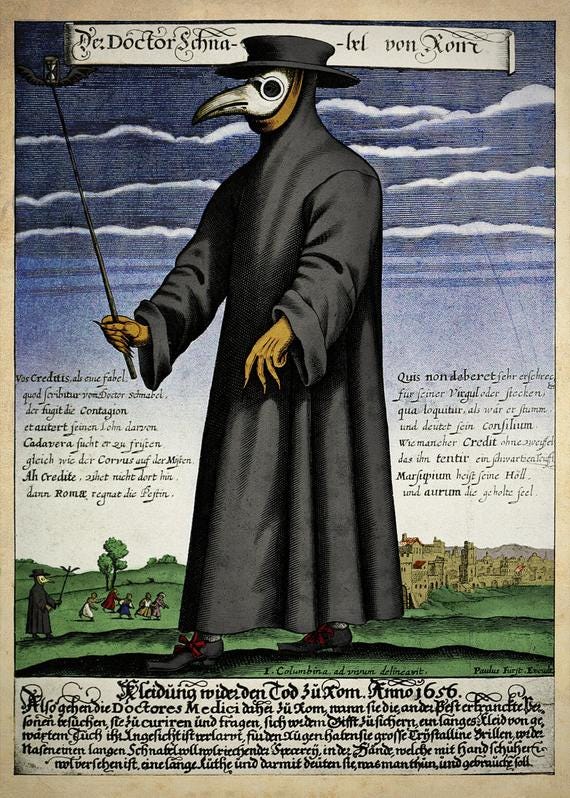


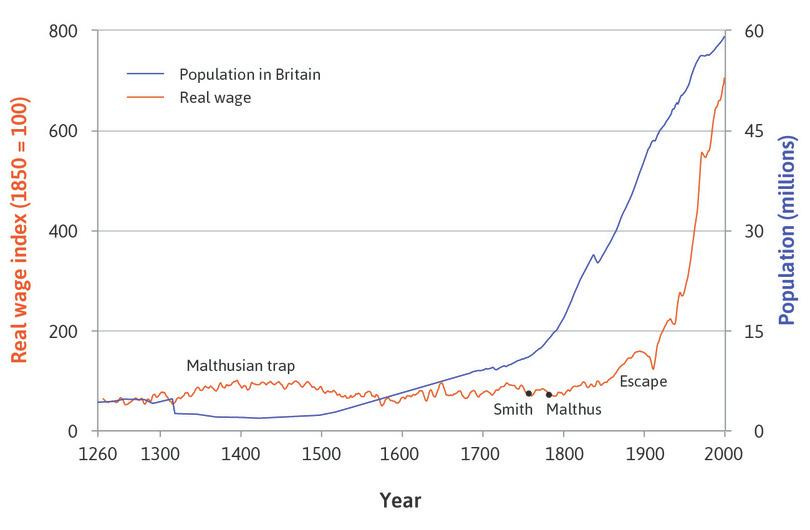
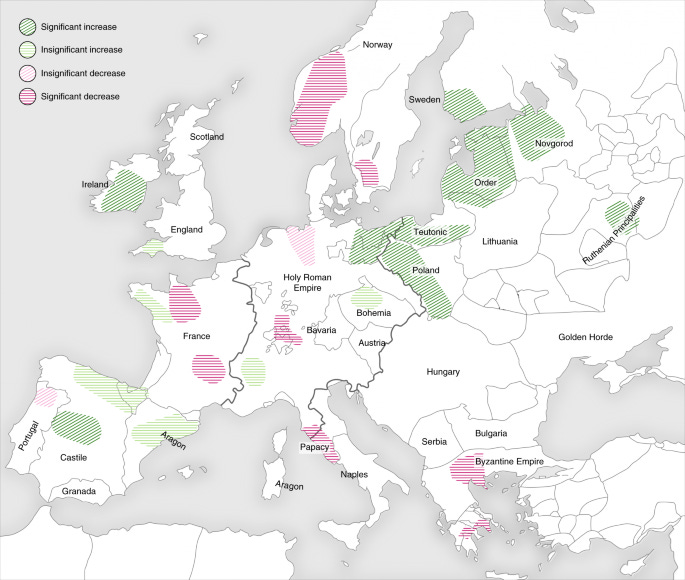


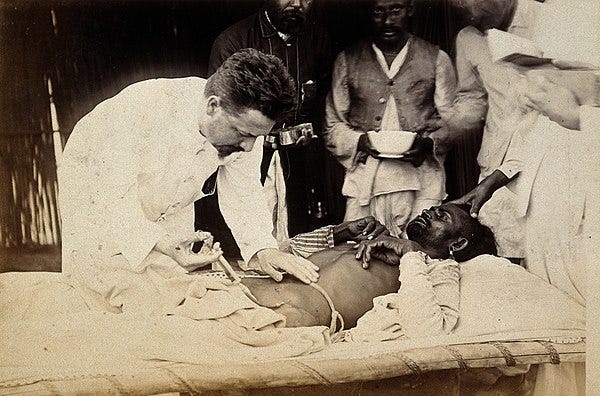
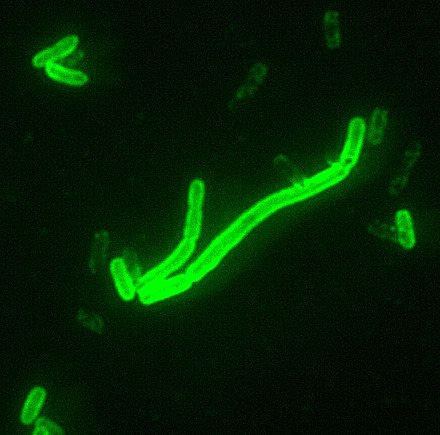
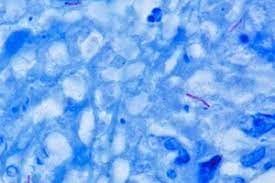

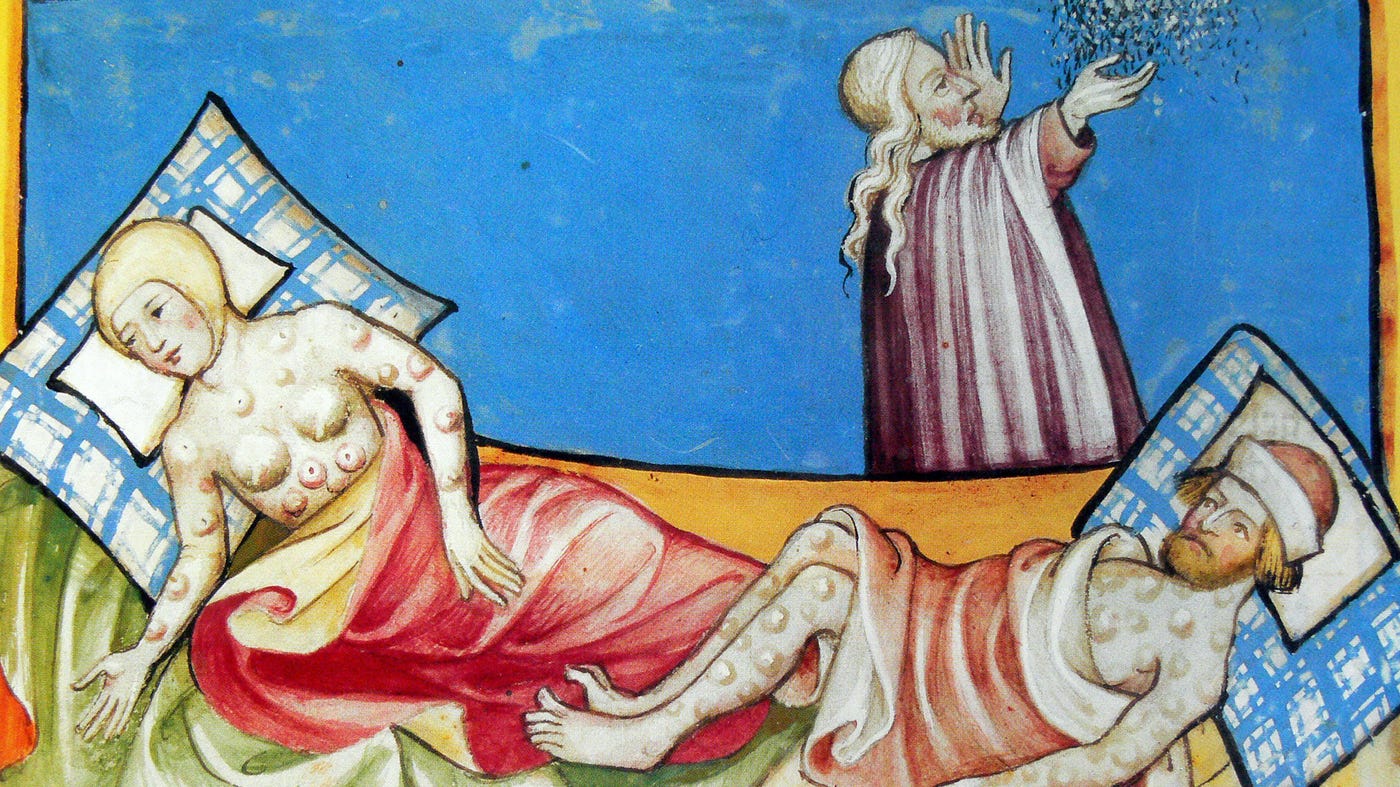
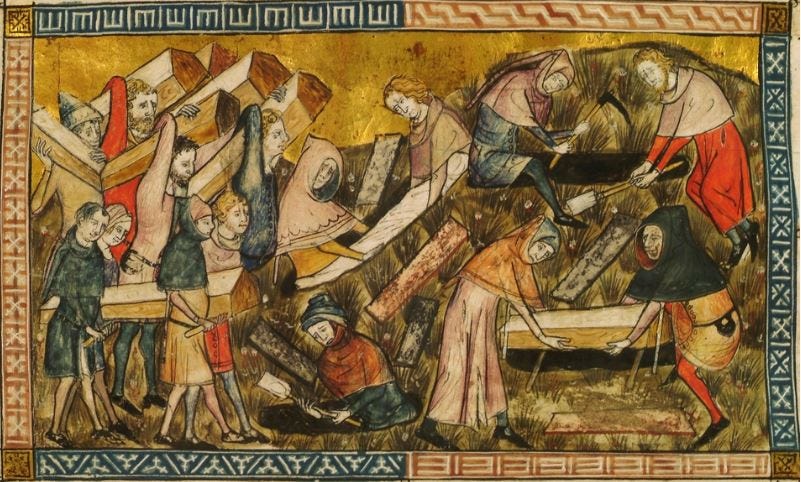
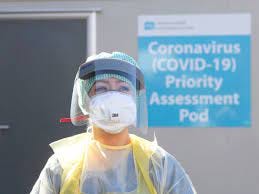
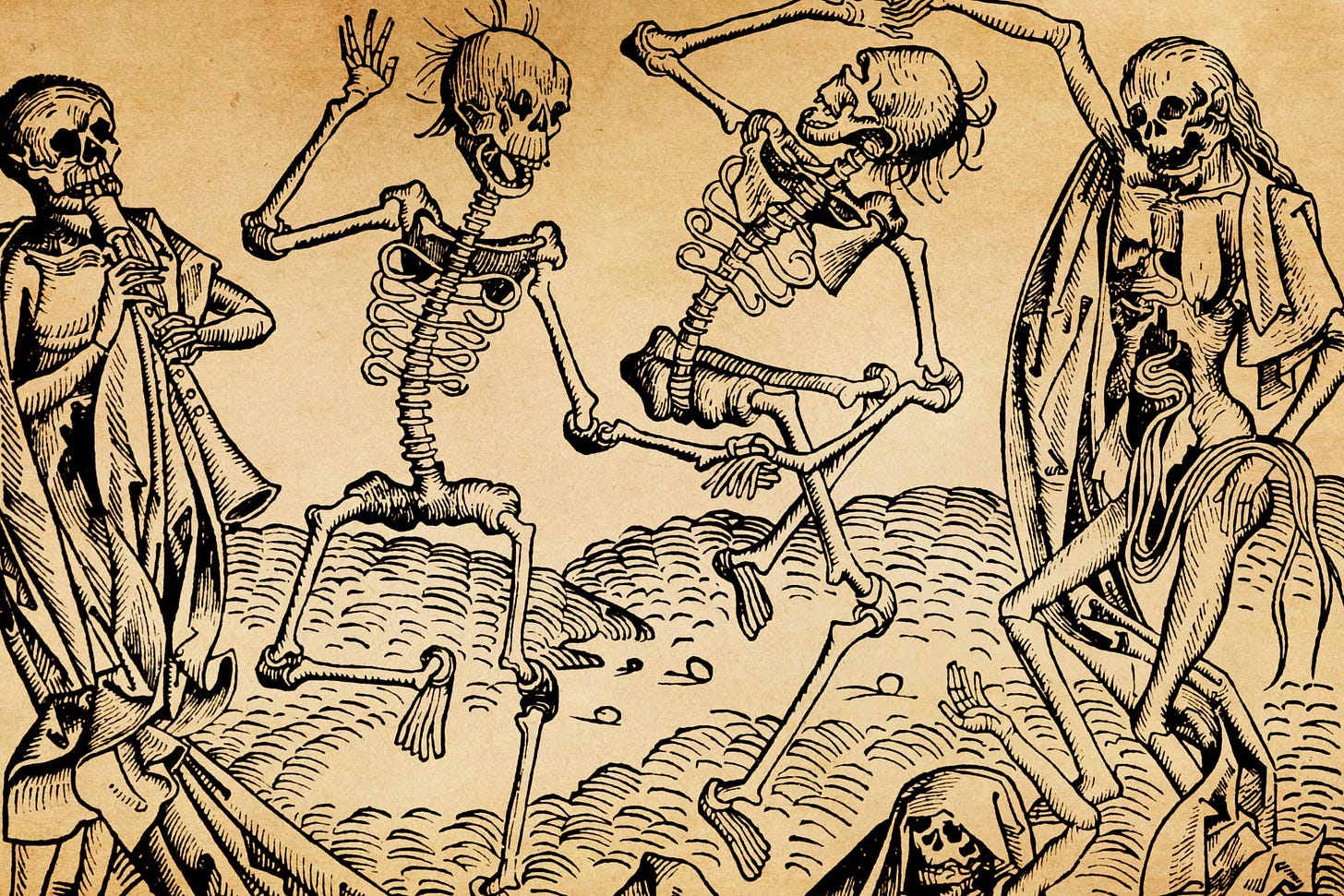
Why is it that people aren't as vocal about correlation doesn't equal causation here as they are about vaccine injuries?
Edna made quite an impression upon me as a youth, so I liked seeing you refer to her and the spin. In gradeschool, my suspicions grew with every textbook and other books I read that didn't mesh. For instance, growing up in Wyoming in the 60s, we never learned that a concentration camp for the Japanese was located in our state. It wasn't until I was an adult decades later that I discovered what was being carried out clandestinely in a remote area that was known only to those who worked there or transferred people to that site. We would have never tolerated what was going on there. History is one big questionable record of what happened, what didn't actually happen, or how twisted the portrayal became of any event or individual. The blame placed upon rodents was used yet again when the human-borne false flag entrance of hantavirus in more recent history. And now we have a maniacal history of social, political, and medical abuses being created due to computer-generated genome sequencing that has not been substantiated independently by anyone we trust. By the way, who do you trust?